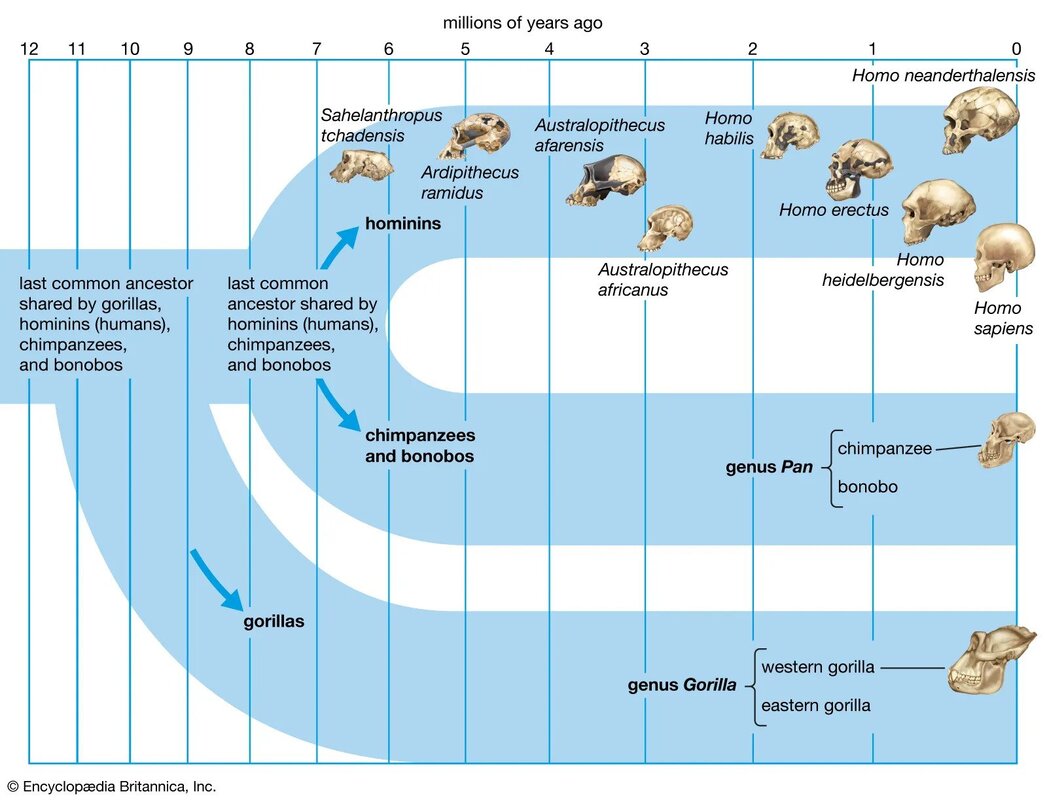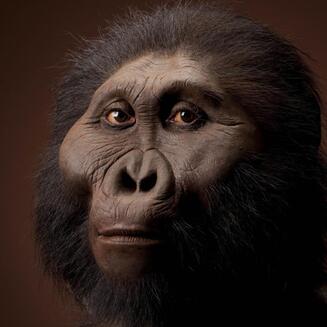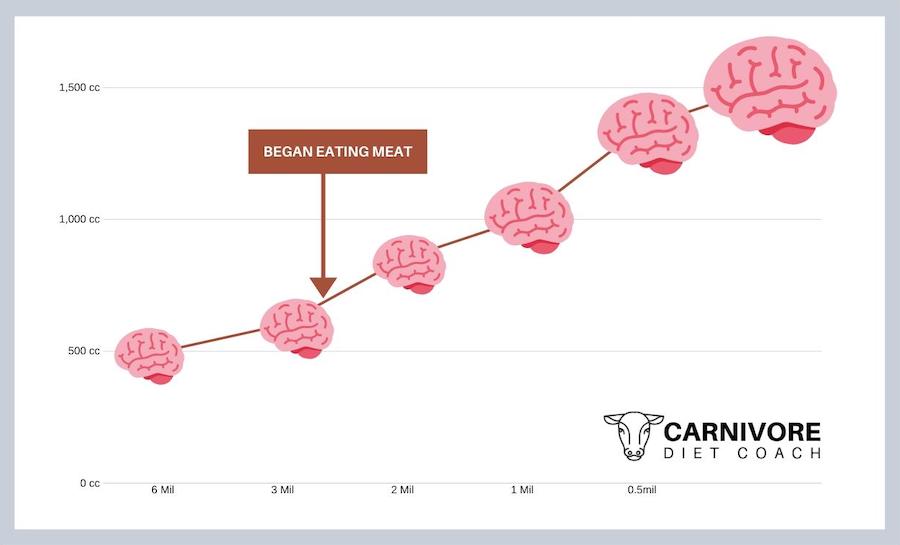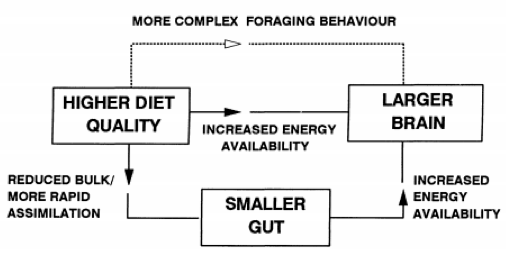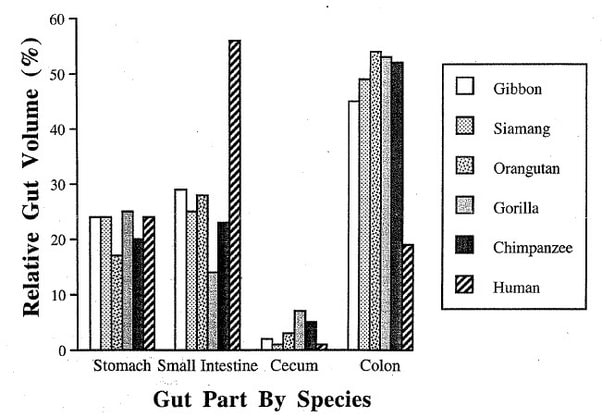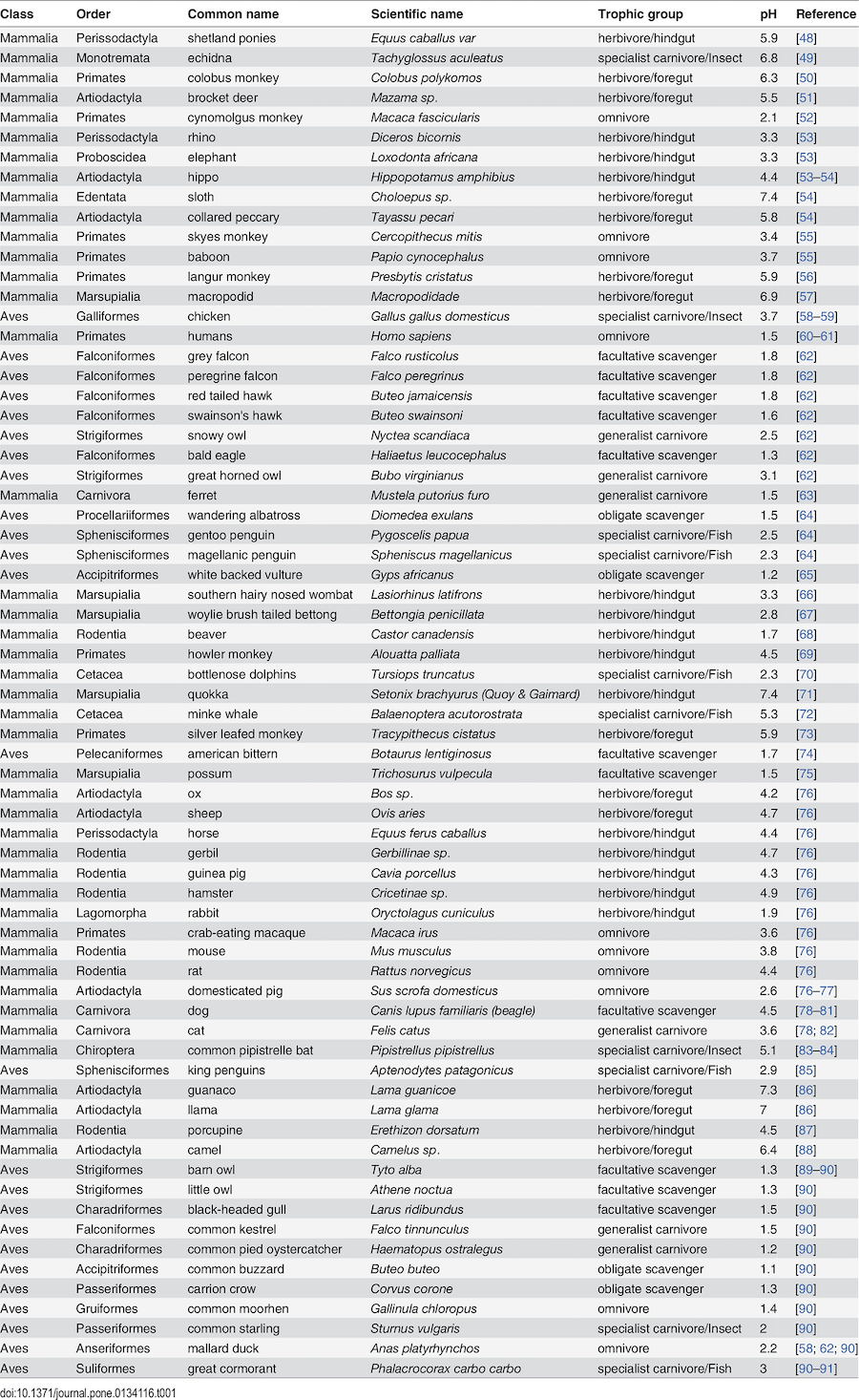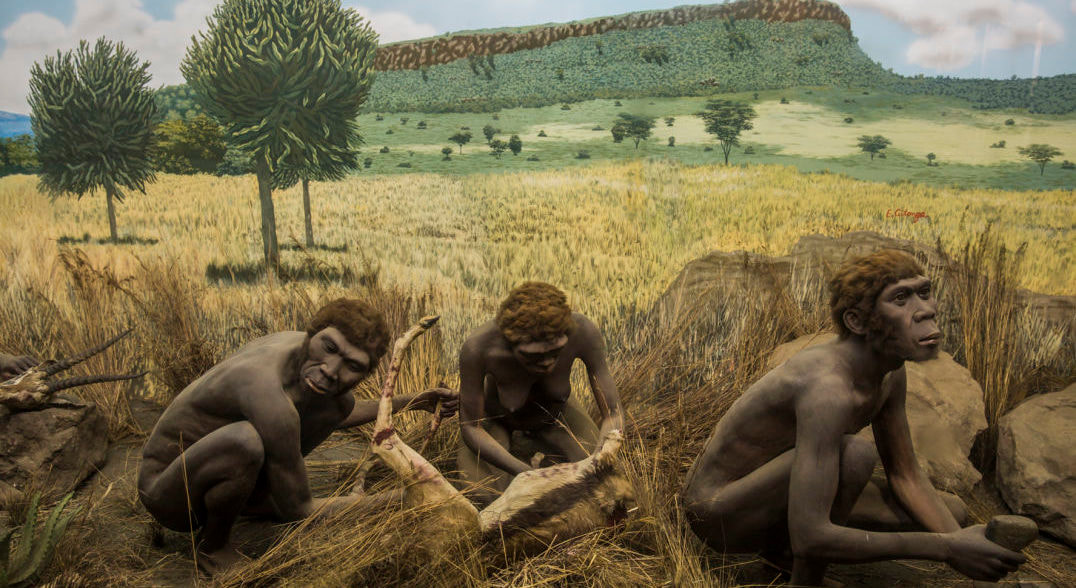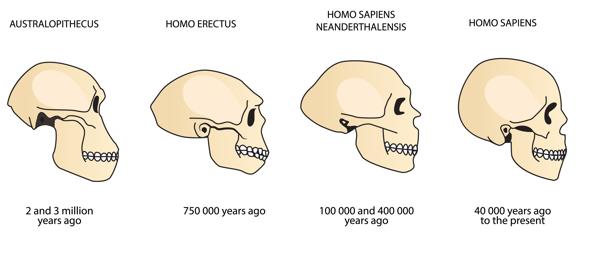WHAT HUMANS EVOLVED TO EAT
The question of what humans evolved to eat is a pretty complex one, but it’s certainly one that’s worth exploring in more depth. It might help us to understand better what we should all be doing today in terms of how we organise and plan out our diets.
With so many trends and diet plans out there, making sense of which of them might actually help our minds and bodies most can be tough.
By carefully tracing our evolutionary processes and looking at why humans have evolved the way we have throughout our existence, we’ll seek to gain an understanding of what our bodies need from our diet. We’re going to discuss many of the most important topics and points of discussion relating to the question of what humans evolved to eat, so keep reading to find out more.


